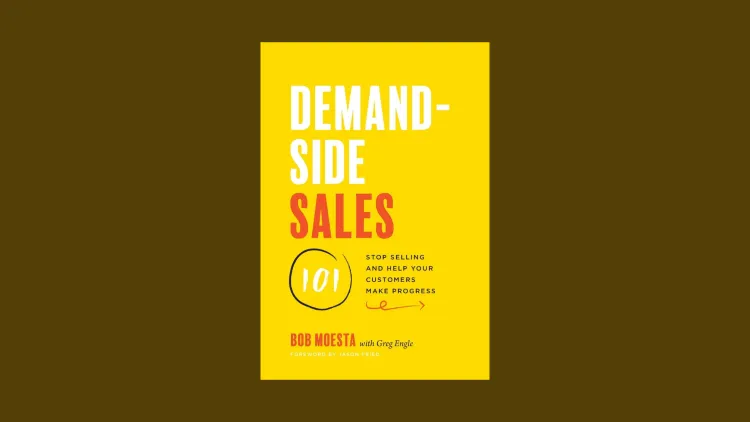The Basics - How Indie Film Works

"How does independent film actually work as an investment?" After producing multiple features and helping dozens of investors understand this space, it's still my favorite question to answer.
Independent film operates as a product-based business with unique market dynamics that reward systematic thinking over speculative bets. While major studios chase billion-dollar returns to break even on bloated blockbusters, the independent space offers a different paradigm: tightly-managed productions under $1 million that can generate 5-10x returns by exploiting market inefficiencies. The key is approaching film not as an artistic lottery ticket, but as a systematic business with clear metrics, multiple monetization paths, and compounding advantages for those who think long-term.
That principle often gets lost in the "glitz and glamour" of a movie pitch, so let me break down my approach:
Learn how to profitably invest in indie film - Join Craftsman Films today:
Idea & Market Validation
Most film investments fail because they start with a creative vision rather than market demand. Before we consider raising capital or deploying resources, we implement a rigorous validation process that strips away emotion and tests core assumptions.
The validation process begins with systematic testing of the core value proposition through a "logline" - a distilled 1-2 sentence pitch of the movie. Instead of just hoping people like the idea, we actually test it. We look at hard numbers (like how many people click to learn more) and gather real feedback from potential viewers. This helps us figure out if people are just being polite when they say "sounds cool!" or if they're genuinely excited enough to buy a ticket to the movie later on. It's like having a crystal ball that shows us whether a movie will find its audience before we spend any serious money making it.
Those seeking quick returns often skip this critical phase - but sophisticated investors understand that proper validation creates a foundation for predictable returns. We exclusively employ a demand-side approach, testing market pull rather than pushing creative supply.
Development & Financing
The development and financing phases can proceed simultaneously or one after the other, there’s no standard way and every film has its own path to the elusive “green light” that takes you into production.
Some films benefit from securing financing first, while others need full creative packaging before investment.
What's crucial is having a clear strategy that protects investor capital.
Think of development as our "try before you buy" phase. We pour our energy into creating materials that bring the film to life before asking anyone to write big checks - from a killer script that reads like a movie to visuals showing the final project's look and feel.
It's about turning an abstract idea into something tangible that investors can really wrap their heads around. This way, when we ask for significant investment, everyone knows exactly what they're buying into.
We build our financing plan in layers to reduce risk. While equity investment forms the foundation—around 40-50% of the total budget—we structure deals using a combination of:
- Tax incentives (20-30% of budget in rebates)
- Strategic sponsorships (10-15% of budget)
- Pre-sales to distributors (covering remaining costs)
This layered approach means equity investors can potentially recoup their investment sooner, as early as the theatrical release, with purchases, rentals, streaming, and international sales creating additional upside.
The Production Process
With financing secured, we move into a time-tested three-phase production process:
- Pre-Production (4-8 weeks): This crucial planning phase involves assembling the creative team, securing locations and equipment, and ensuring each crew gets what they need for production - wardrobe, lighting, set decorations, etc.
- Principal Photography (3-6 weeks): This is where you make the product. Each day, the cast and crew show up to set and film the scenes for the day. Once you "wrap" each day, you pack up and do it again tomorrow until you'vecaptured every part of every scene in the movie.
- Post-Production (12-16 weeks): This phase transforms our raw footage into a market-ready film through professional editing, sound design, visual effects, and coloring.
If done right, you've been marketing and building the audience for your product along the way. Sharing the process, the behind the scenes, the art, the trailer, and more creates the tension to get them to buy a ticket or rent the movie when it'sreleased.
Filmmakers benefit from having a distribution plan, or “go-to-market strategy,” as early in the process as possible. Many indie filmmakers focus solely on the product, leaving marketing and distribution to others. That strategy is ineffective now, as the market is saturated with options for spending time, money, and attention. Knowing how to reach them is essential.
All this work - 12-18 months - gets you to a "launch", the release of your film to the marketplace.
What Makes This Work
Many investors avoid independent film due to horror stories about runaway budgets and creative egos destroying returns. These concerns are valid if you're working with inexperienced producers or outdated film investment approaches.
The key differences in our system are:
- Starting with market validation, not creative vision.
- Using layered financing to protect downside risk.
- Building audience demand before spending significant capital.
- Having multiple distribution paths instead of relying on a big sale.
Combining these elements with strict budget controls and experienced production management creates a film investmentsystem that delivers consistent returns. Our projects target a 24-36 month timeline from investment to first returns, with multiple revenue streams throughout the distribution cycle.
The Path to Predictable Returns
This system's power lies in its repeatability. By focusing on market validation, disciplined budget management, and strategic distribution, you have a framework that can generate consistent returns without relying on "hitting the lottery" with a breakout success.
The math is straightforward: combine smart spending controls with marketing and distribution from the start for massive profitability. Repeating this process with each new film creates a flywheel that compounds.
What questions do you have? Let me know in the comments.
Ready to Learn More?
If you're an accredited investor interested in learning how we plan to generate 5-10x returns producing indie films, start here.





Member discussion